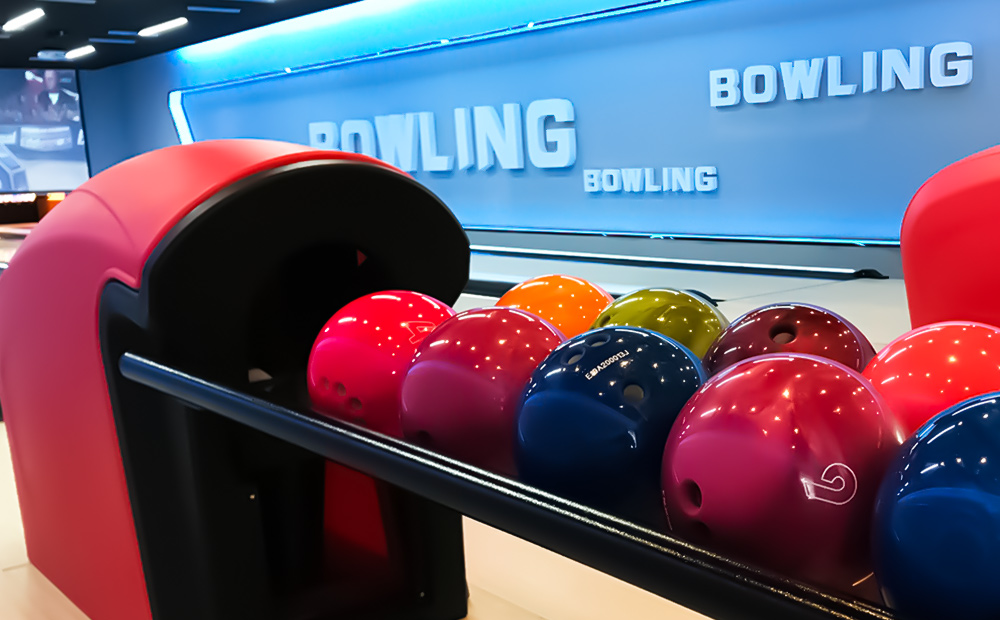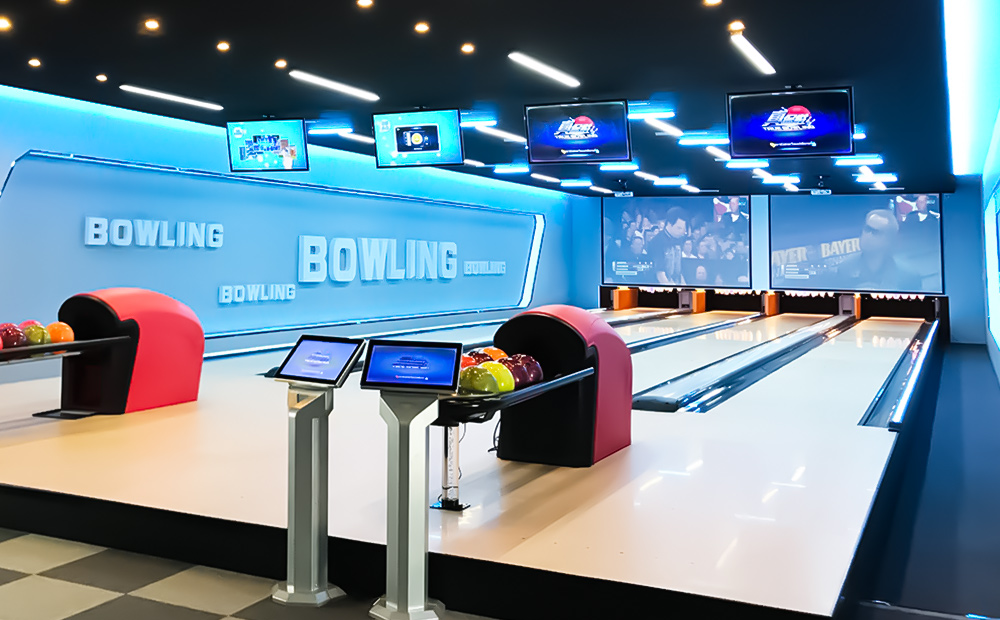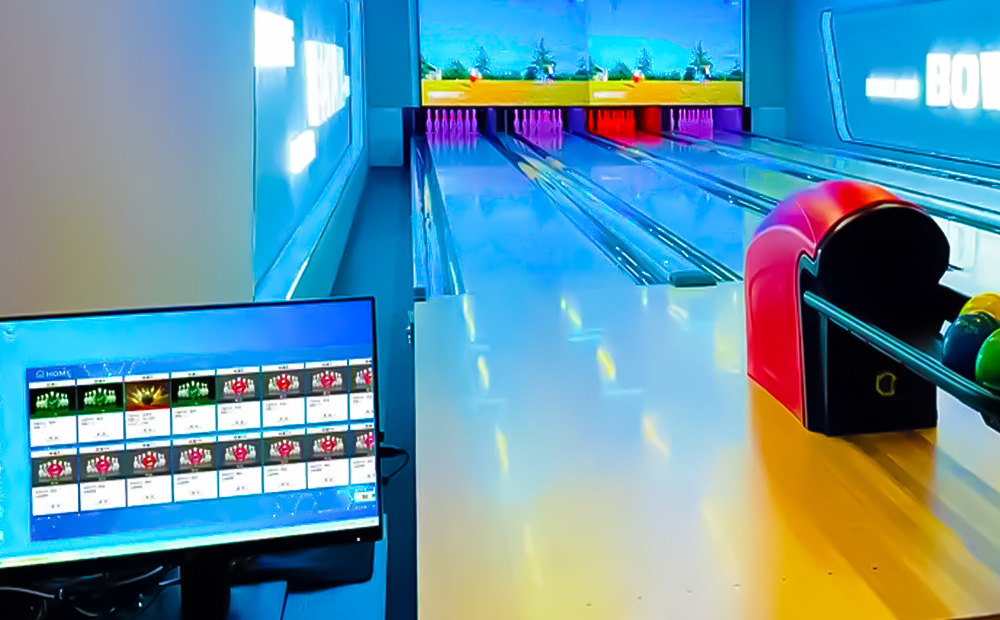DIY Guide: How to Build a Basement Bowling Lane
This bowling can be placed in a family entertainment center, resort, private villa, small gathering, club and other places, which can meet the needs of different groups of people.
Are you longing for the camaraderie of a night out with friends at the bowling alley, but prefer the comforts of your own home? Look no further than our comprehensive guide on how to build a bowling lane in your basement. With our easy-to-follow instructions and expert tips, you can transform your basement into a personal bowling paradise in no time.
Our guide provides a step-by-step breakdown of the process, from selecting the ideal space in your basement to choosing the right materials and equipment. We also offer insider tips on optimizing the layout and design to ensure the best possible bowling experience. Whether you're a seasoned DIY enthusiast or a novice looking for a fun project, our guide has got you covered.
What sets our guide apart is its user-friendly approach. We understand that not everyone is a professional builder, so we've tailored our instructions to be accessible to all skill levels. With detailed illustrations and clear, concise explanations, you'll feel confident tackling each phase of the project.
By following our guide, you'll receive the satisfaction of creating a one-of-a-kind entertainment space that your family and friends will love. No more crowded bowling alleys or waiting in line for a lane – now you can bowl whenever the mood strikes, all from the comfort of your own home.
Product Image
Advantages
PRICE ADVANTAGE
Local distributors can help companies reduce marketing and sales costs,so products have a better price advantage.
High-efficient work
Efficiency is at the core of our work ethos at our company. We deeply understand the preciousness of our clients' time; hence, we will process your customized needs as soon as possible. Upon receiving your drawings, we ensure delivery of your design scheme within 24 hours.
Our efficient way of working will save our clients valuable time.
FASTER RESPONSE TIME
Local distributors are able to respond more quickly to buyers' needs and
issues due to their proximity to the market.
In terms of products
Flying set up its own bowling machine manufacturing plant with completely independent research, development, and manufacturing to ensure the quality of products.
Certificate display
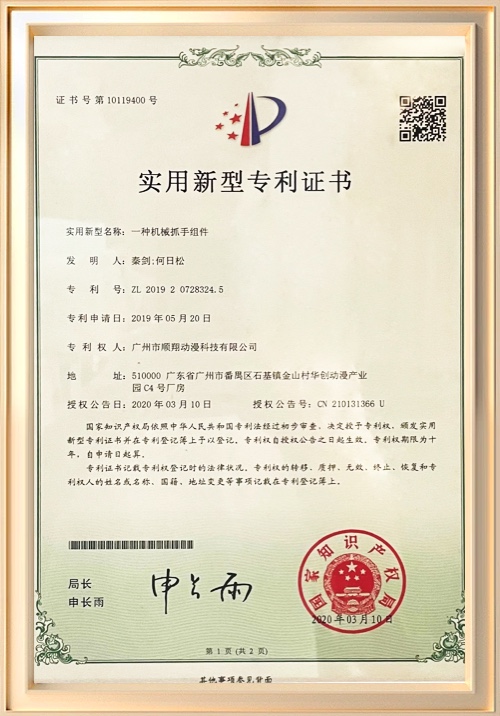
Patent Certificate for Bowling Machine
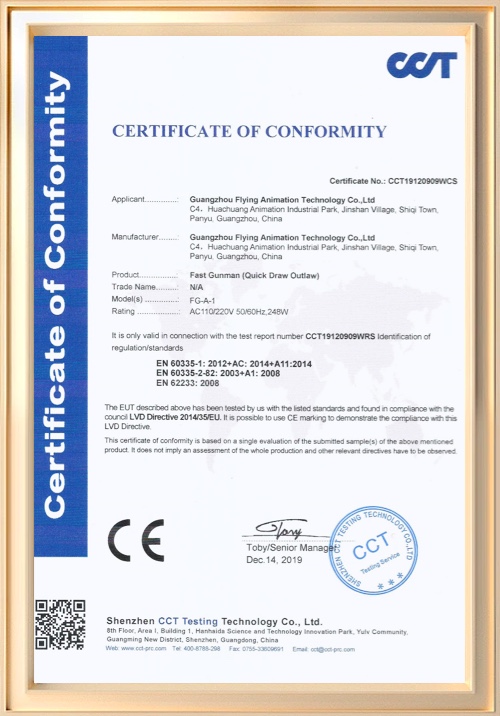
Certificate of Conformity
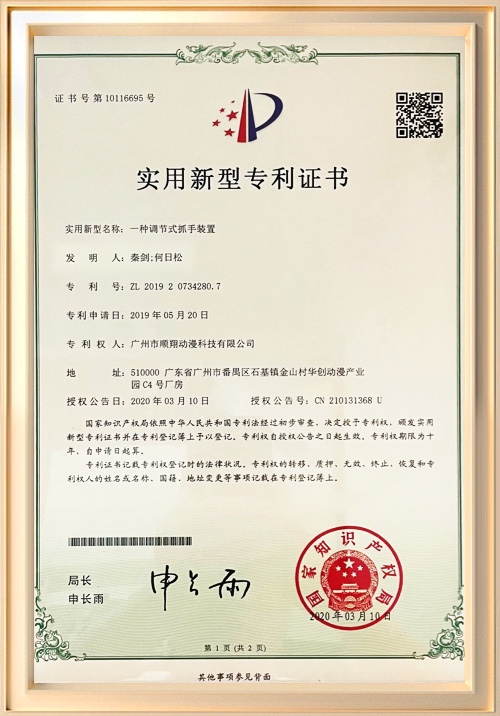
Patent Certificate for Bowling Safety Design
Frequently Asked Questions
How a bowling ball return machine works?
A bowling ball return system uses a combination of gravity, belts, and sometimes lifts to bring your ball back to you after your roll. Here's a breakdown of the typical process:
-
Ball Exit: After rolling down the lane, the ball exits into a channel at the end. This channel might have a slight incline to help guide the ball towards the return mechanism.
-
Transfer Tray: The ball rolls into a shallow tray or trough. This tray might have a diverter at the end to ensure balls from adjacent lanes don't collide.
-
Elevator or Incline (optional): In some setups, the ball might be lifted to a higher level before entering the return system. This creates a steeper decline for the ball to travel down, helping it gain momentum.
-
Belt Conveyor: The ball reaches a conveyor belt with a textured surface to prevent slipping. This belt carries the ball up an incline.
-
Gravity Channel: Once at the top of the incline, the ball is released onto a long, U-shaped channel. Gravity takes over, pulling the ball down through the channel.
-
Ball Deflector: At the end of the channel, there might be a deflector that diverts the ball slightly towards your lane. This ensures the ball ends up in the correct return slot.
-
Ball Return Tray: The ball finally reaches a tray or cradle positioned in front of your lane, ready for your next roll.
Here are some additional points to note:
- Modern systems might have sensors to detect the presence of a ball and activate the return mechanism accordingly.
- Some higher-end systems use quieter materials and designs to minimize noise during ball return.
How many feet is a bowling lane?
We have a total of four different sizes of bowling lanes. The length of a standard bowling lane is 84 feet. The length of Duckpin Bowling Lane is 39.4 feet. The Mini Bowling Lane size is 39.7 feet. The size of the children's bowling lanes is 14.1 feet. In addition, the length of our standard bowling lanes and duckpin bowling lanes can be customized.
How much does bowling alley equipment cost?
Building a bowling alley may seem very expensive to many people. But you don’t need to spend too much money on Flying bowling. Our prices are very affordable. You can get high-quality bowling equipment at an extremely competitive price from us.
How much does it cost to build a 2 lane home bowling alley?
Building a 2-lane bowling alley in your home can be a fun and luxurious addition, but it comes with a significant cost. Here's a breakdown of what to expect:
Price range: Expect a ballpark figure of $120,000 to $195,000 [US dollars] for two lanes of traditional ten-pin bowling. This includes lane equipment, installation, and basic functionality for a home setting.
Variations: This cost can be highly influenced by your desired features and customizations. Here are some factors that can push the price higher:
Upgraded equipment: Automatic scoring systems, lane lighting systems, or high-performance lane surfaces will all add to the cost.
Construction considerations: The cost of preparing the space in your home might vary depending on the existing structures, plumbing, and electrical work needed.
If you have another questions, please feel free to contact us.
Guangzhou Flying Bowling Equipment Co., Ltd.

Flying Smart Duckpin Bowling (FSDB) innovative design, standard 9.2-meter short lane, can be shortened in length, compact layout suitable for small spaces. The game rules are simple but challenging, attracting players of different ages to actively participate.
Suitable for social entertainment venues such as bars, billiard halls, and game centers, it not only enhances interactivity, but also increases the popularity and consumption frequency of the venue. The fun and competitive nature of FSDB will make it a new focus of social activities.


Flying Social Medium Bowling (FSMB) is tailored for small venues, with flexible lane lengths (customizable from 9.6 meters to 18 meters), a small ball design suitable for players of all ages, and light pins that are easier to knock down, increasing participation and fun.
Whether it is a gathering of friends or a casual social, FSMB can easily create a relaxed and pleasant atmosphere. Its efficient space-utilization design is particularly suitable for cafes, bars and community entertainment venues, allowing people to fall in love with bowling in a relaxed interaction.

Flying Classic Standard Bowling (FCSB) is designed according to international competition standards and equipped with an accurate automatic scoring system, providing bowling enthusiasts with a pure professional experience. Whether it is for competitions or leisure entertainment, FCSB can meet high-level needs.
Suitable for family entertainment centers, luxury resorts, private villas, or clubs, it is an ideal choice for customers who pursue high-end quality and professional experience. Its classic design and excellent performance will add lasting appeal to the venue.
© 2024 Flying BOWLING. Designed by gooeyun







